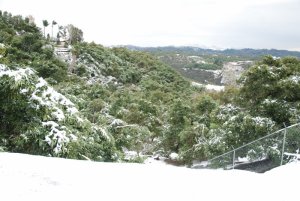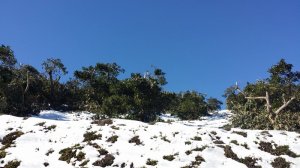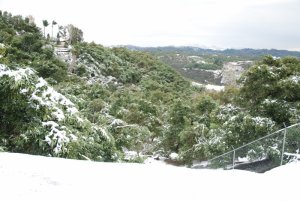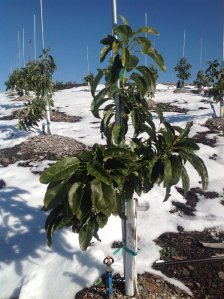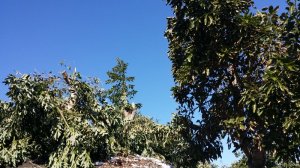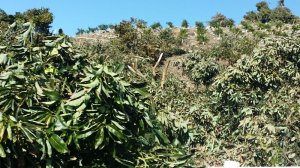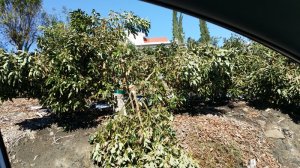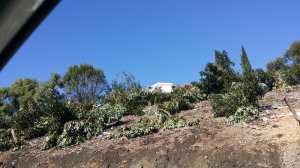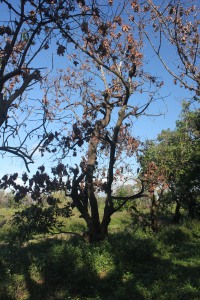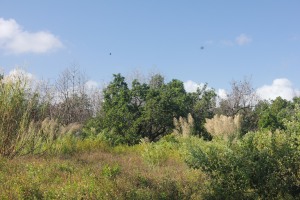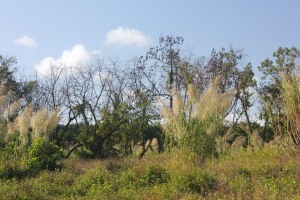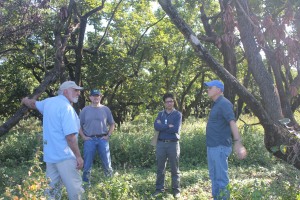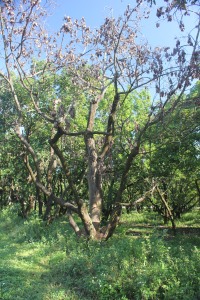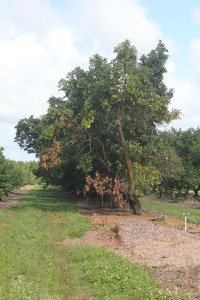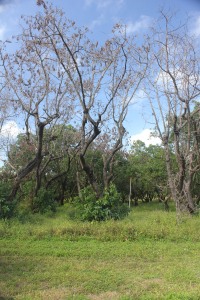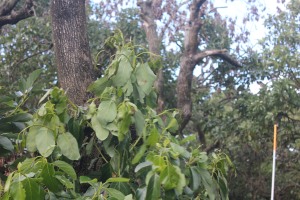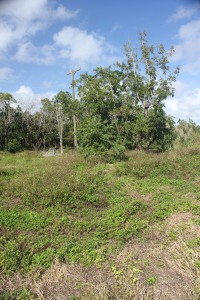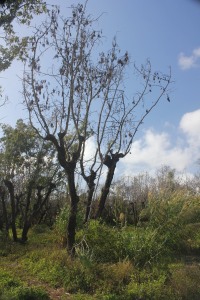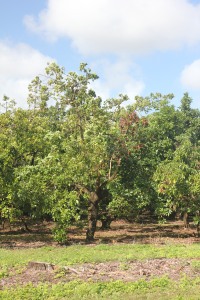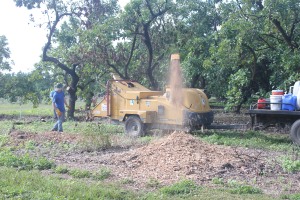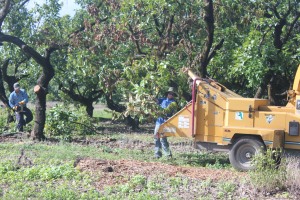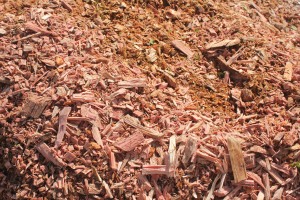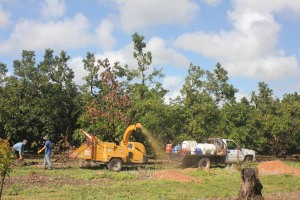Category Archives: damage
And you thought you saw it all . . . .
In Florida where the ambrosia beetle Xyleborus glabratus (redbay ambrosia beetle – RAB) with its fungal symbiont Raffaelea lauricola (RL) have been decimating the redbay stands with vengeance. This beetle has as its target Lauraceae trees such as sassafras and avocado. Up to recently there has been minor damage to avocado trees due to the apparent low attractiveness to the redbay ambrosia beetle.
In the last year the situation in Homestead where most of the commercial avocado groves are located has become a disaster zone. Avocado tree after avocado tree are dying in approximately 4-8 week after the initial infection. The RAB did not change its habit of low interest in the avocado tree but its symbiotic fungus remains aggressive and devastating. Imagine 1 RAB infecting an avocado tree and often not even reproducing in it. The fungus grows and moves from tree to tree via root grafting. The volatiles emanating from the decaying infested wood become an attractant to many other ambrosia beetles that are present in the surrounding environment but do not habitually cause any significant damage with their symbionts. Suddenly avocado trees that were being affected here and there become very attractive to 12 native and 2 invasive ambrosia beetles.
The photographs in this blog represent some of the damage and the futile effort, in my opinion, to control the spread of the RABs and the total destruction they cause.

